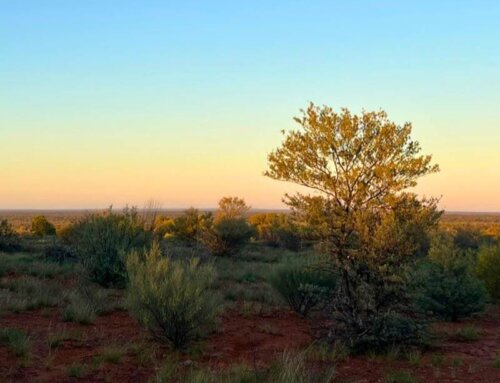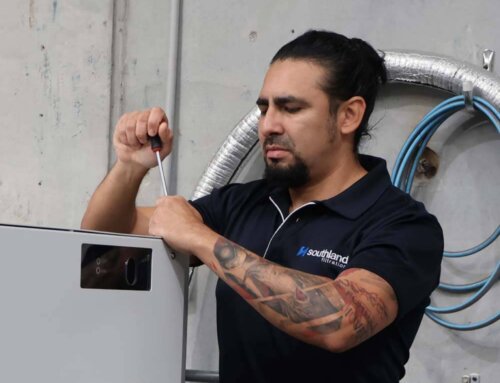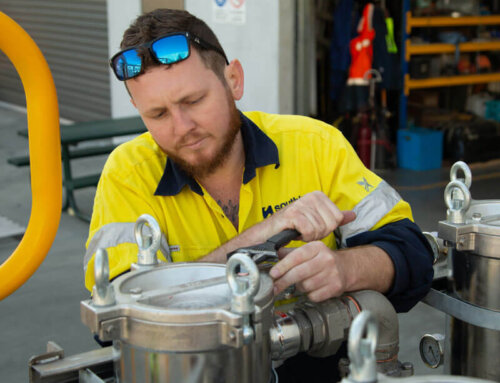Date: 20/7/2025
Read Time: 4 minutes
Author: Tim Cox
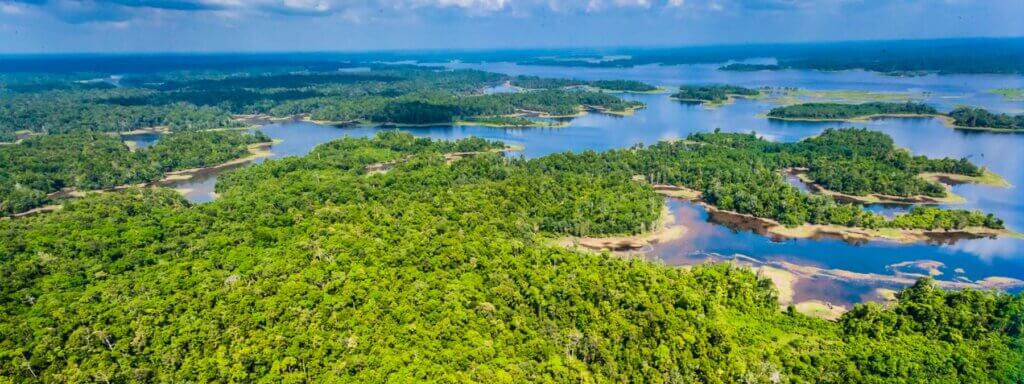
Key points:
- Carbon credit and climate action solutions provider Tasman Environmental Markets (TEM) has supported in launching an innovative five-year Sustainability Development Plan for a rainforest conservation project in Papua New Guinea.
- This rainforest project in an area that was once planned for logging is an example of how local action and corporate climate finance can have a positive impact on our environment.
- The April Salumei Rainforest Community Conservation project will avoid 22.8 million tonnes of greenhouse gases being released into the atmosphere over the lifetime of the project.
At Southland Filtration, we’ve partnered with a leading Asia-Pacific carbon offsetting and climate action solutions provider Tasman Environmental Markets (TEM).
The April Salumei Rainforest Community Conservation project has been developed by the Pacific Forest Alliance who work with TEM on the co-management of project activities and recently launched an innovative five-year Sustainable Development Plan to protect a swathe of virgin tropical rainforest in Papua New Guinea from being logged.
The plan is bold, visionary and very much community-focused – providing benefits beyond emissions reduction.
Tonnes of reasons to be inspired
The April Salumei Rainforest stretches across 600,000 hectares of virgin rainforest (that's approximately 10% of the total area of Tasmania). Before the project commenced in 2009 the rainforest was planned for large-scale logging. Had those plans gone ahead, it's estimated that 22.8 million tonnes of greenhouse gases would have been released into the atmosphere as a result of deforestation.
Instead, the rainforest habitat is being protected by a community conservation project that offers a beacon of hope for protecting irreplaceable rainforest areas, protecting the habitat of endangered plants and animals, and supporting the global fight against climate change.
Protecting the irreplaceable
The April Salumei Rainforest holds approximately 7% of global biodiversity while occupying less than 1% of the world’s landmass, and is home to a myriad of unique flora and fauna. This includes the endangered Palm Cockatoo, Bird of Paradise, the Southern Crowned Pigeon, and the Tree Kangaroo.
Palm Cockatoo: Palm Cockatoos are known for their distinctive tool-using behaviour. Males use sticks as ‘drums’ during courtship displays. They’ll often break off branches, strip the bark, and then beat them against tree hollows to create rhythmic sounds.
Bird of Paradise: The Bird of Paradise is known for its striking and elaborate plumage, especially in the males, and their elaborate courtship displays.
Southern Crowned Pigeon: The largest living pigeon in the world, the Southern Crowned Pigeon forages on the forest floor eating fallen fruit, seeds and snails. The life span can be over 20 years.
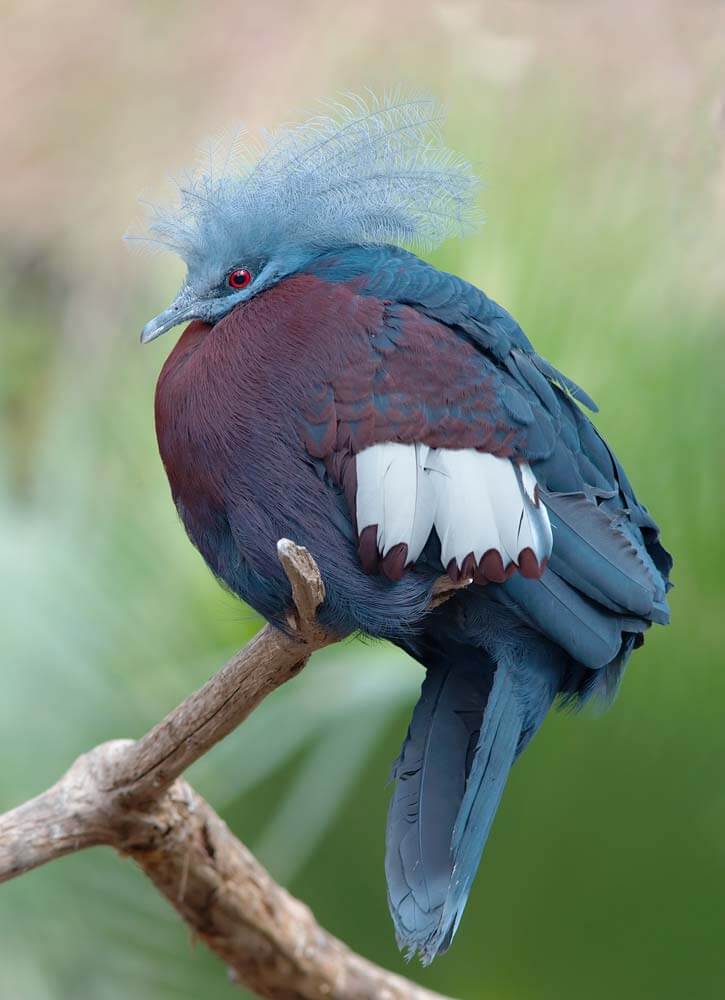
Tree Kangaroo: There are 12 species of Tree Kangaroos in Papua New Guinea. They have adapted to life in the trees, with shorter legs and stronger forelimbs for climbing. All 12 species face threats due to habitat loss and hunting, with some populations critically endangered.
For the project to work, indigenous communities needed to be heard
The April Salumei Rainforest is also home to 164 indigenous communities who rely on the rainforest for hunting, fishing, shelter, medicines and cultural identity. It’s a spiritual connection to the rainforest that goes back tens of thousands of years (long before anyone invented Reverse Osmosis units).
Importantly, indigenous communities needed to have their voices heard, and their livelihoods protected. This meant having community and landowner consultation, talking with women and young children, conducting focus groups and interviews.
The upshot of this collaborative approach; the formation of the April Salumei Group, which uses a portion of the carbon credit proceeds to fund vital community projects.
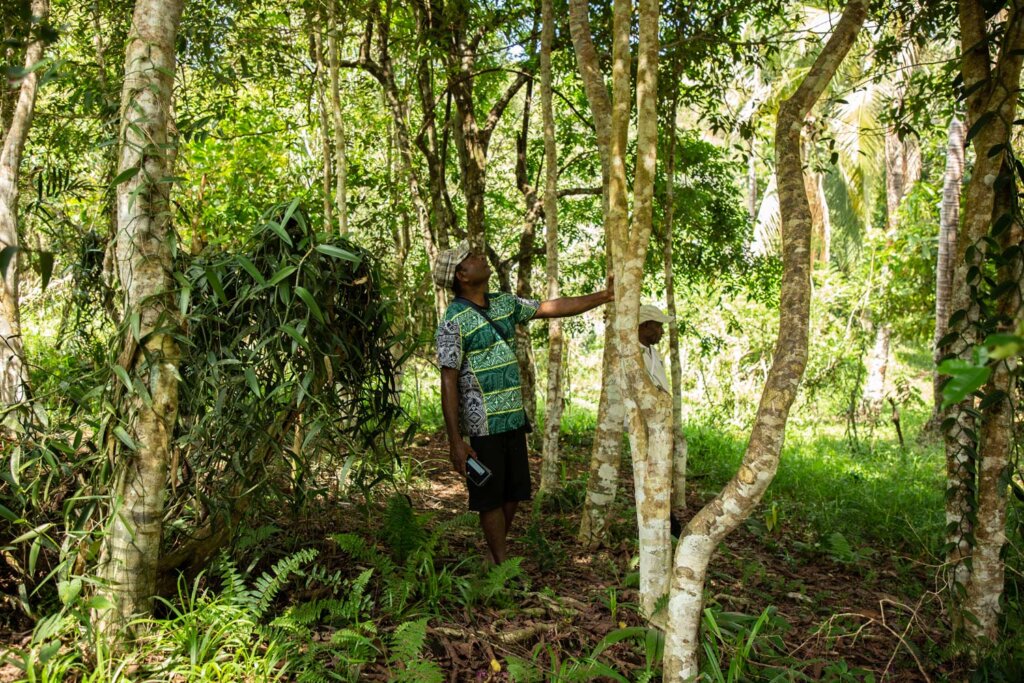
At Southland, we're proud to support a project that protects not just forest, but future. By partnering with TEM and supporting this initiative, we're playing our part to help safeguard endangered species, honour indigenous stewardship, and prevent greenhouse gas emissions from entering the atmosphere. It's a great opportunity to make a tangible difference, and one that breathes life into our ESG goals in the most meaningful way. People, wildlife and rainforest — all thriving together. That's the kind of impact we're inspired to be part of.
In the coming months, we look forward to showcasing the positive outcomes the project has delivered to local indigenous communities in the April Salumei Rainforest.

